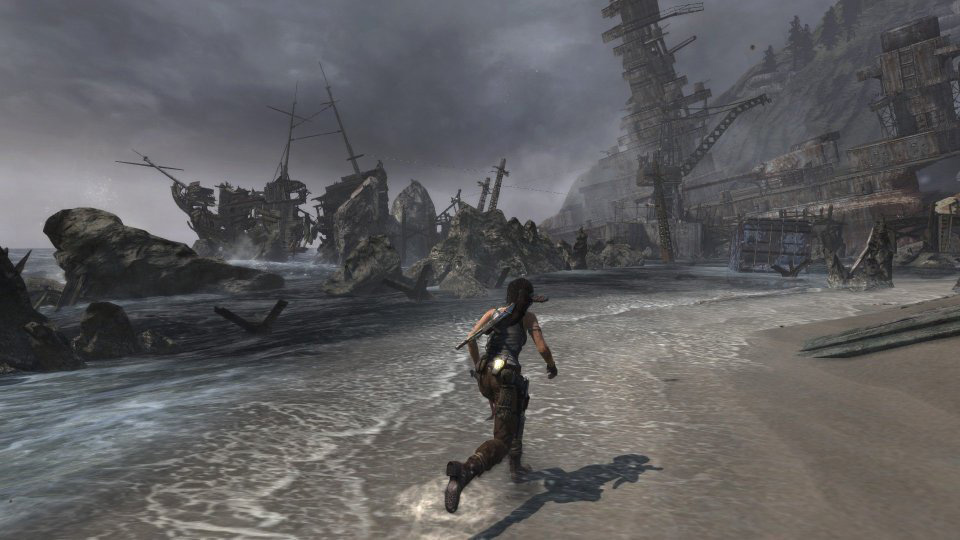Video Game Retrospective: Tomb Raider (2013)
 supplied
suppliedTomb Raider (2013)
Published by: Square Enix
Developed by: Crystal Dynamics
Released: March 5, 2018
https://www.tombraider.com/en-us
With the upcoming release of the Tomb Raider movie on March 16, I believe it’s worth a look to explore the history of video gaming’s most famous heroine, Lara Croft, and to see whether the recent reboot from 2013 has stood the test of time in the past five years.
Tomb Raider (2013) reboots the action-adventure franchise and revisions the origins of Lara Croft as a young and inexperienced archaeologist and adventurer. Along with an expeditionary crew, she embarks on a quest to find the mythical Japanese island of Yamatai and the long-lost remains of the Sun Queen Himiko in southeast Asia. However, they become shipwrecked and are kidnapped by a fanatical cult of Himiko. Left alone to her own devices, Lara must survive the dangerous island, rescue her friends, and uncover the mystery of Yamatai before it’s too late.
In preparation for this article, I recently tried replaying Tomb Raider for a second time, and I hadn’t even finished two hours before I became so frustrated with the game, stopped playing, and swiftly uninstalled. The game has the worst clichés of modern games of the past generation: cover-based combat, scripted QTE sequences, on-rails shooting galleries, restrictive linear level design disguised as an “open world,” fast-travel points, limitless collectibles and time-wasters, and the list goes on. On top of that, the story is incredibly weak and held together by the thinnest of cliché characters and plot developments. If you’ve ever seen any movie ever, then you know how everything will play out in the most predictable and lamest manner possible.
One of the most obvious changes to Lara Croft is that she is less of a hyper-competent adventurer and more of a battered and vulnerable survivor. Crystal Dynamics spares no expense in showing Lara impaled with rebar, gasping for breath, and covered in blood and mud. I believe it’s one of the short-sighted efforts to reclaim Lara Croft from an over-idealized sexualized protagonist who raids ancient tombs and pulls off crazy back flips, into a wooden Strong Female Protagonist who constantly gets beat up, brutally murders her attackers, and self-professedly hates tombs. Instead of making Lara vulnerable, intelligent, likeable, and sexy in spite of overwhelming adversity, Crystal Dynamics decided to subject her to incredible violence and pain to toughen her up in lieu of actual characterization.
All in all, Tomb Raider (2013) was ultimately disappointing to me and frustratingly relegated Lara Croft to the overused archetype of the Strong Female Protagonist™ instead of making her interesting or meaningful. If you want to see a better iteration of Lara Croft in video games, pick up a used copy of Tomb Raider: Anniversary or play Uncharted: The Lost Legacy on PS4. As for the upcoming Tomb Raider movie starring Alicia Vikander, we can only hope to see them take inspiration from its video game elements and transform them for the better.




